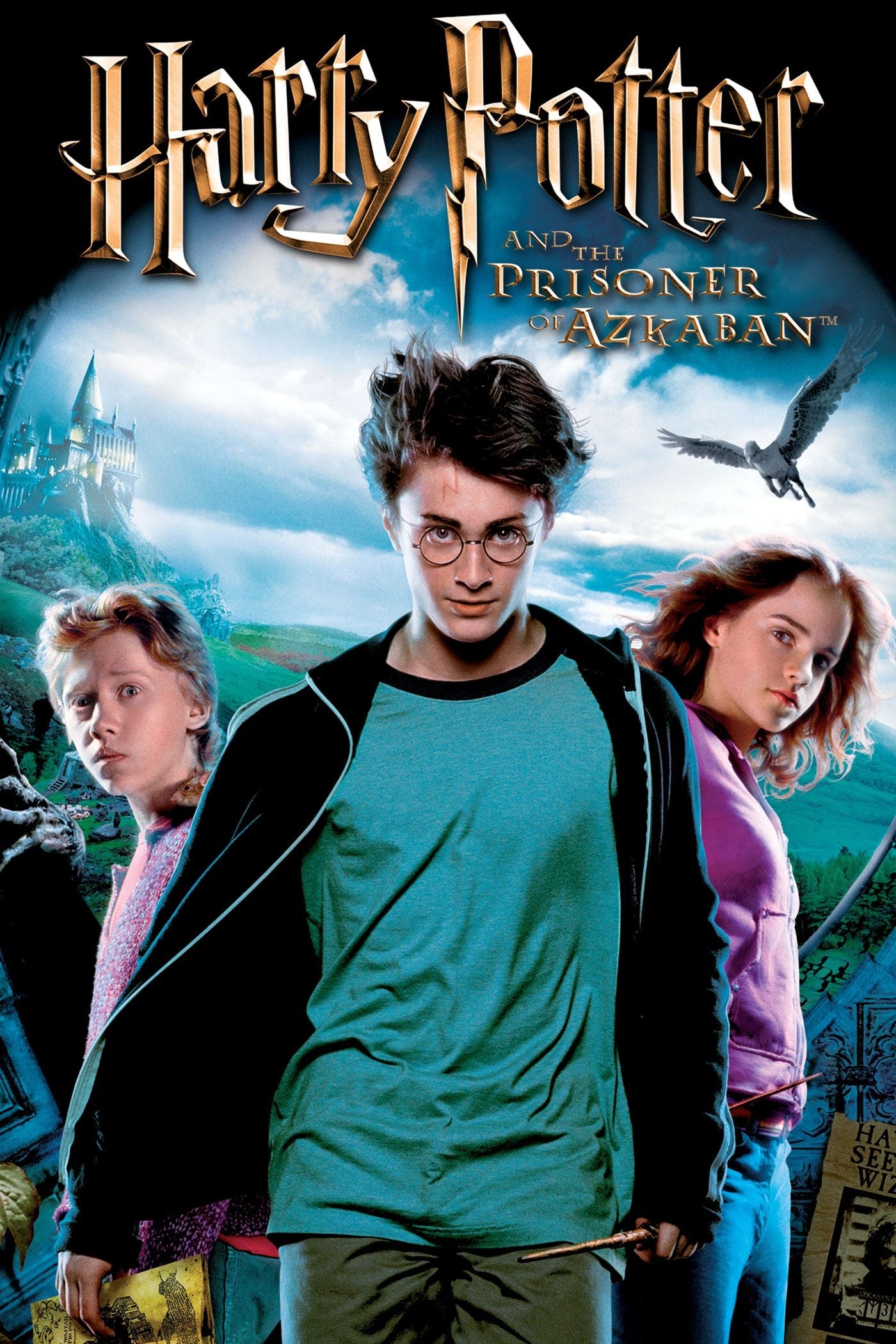
Year three at Hogwarts means new fun and challenges as Harry learns the delicate art of approaching a Hippogriff, transforming shape-shifting Boggarts into hilarity and even turning back time. But the term also brings danger: soul-sucking Dementors hover over the school, an ally of the accursed He-Who-Cannot-Be-Named lurks within the castle walls, and fearsome wizard Sirius Black escapes Azkaban. And Harry will confront them all.
19 Jan Harry Potter and the Prisoner of Azkaban (2004)
Spaniard in the Works
This franchise is being managed extremely well, better than any other. The “Lord of the Rings” films were all of a single whole, while these Harry Potter movies are each cognisant of what went before, changing and maturing just as would an adolescent.
It has little to do with the story, of course and even less with the insipid monsters and threats. It instead has everything to do with the philosophy of the implied narrator. In the first film, that narrator was without grounding.
The second film showed a remarkable (for Hollywood) artistic sensibility in rooting the world of what we see in space. All the important shots were a matter of registration with the buildings around us, mostly the academy. All of a sudden we were aware that someone is actually paying attention to how we see what we see.
The jazz in the movie world is now centred on Spanish-speaking filmmakers. They alone seem to have a handle on new ways of introspective folding. So the search was on to get the best Hispanic they could. This director was their third choice, but still a good one.
In this case, they rooted the narrator in folded time, and here the story helps a bit. The subtle suggestion is that we the viewers are the “dementors,” who hover about and move much like the camera does. (This very same device was also used in “Van Helsing.”)
Rootless, then space, then time. Wonder where Chris Columbus will take us next?
Emily isn’t so redheaded this time.
Posted in 2004
Ted’s Evaluation — 3 of 3: Worth watching.


No Comments